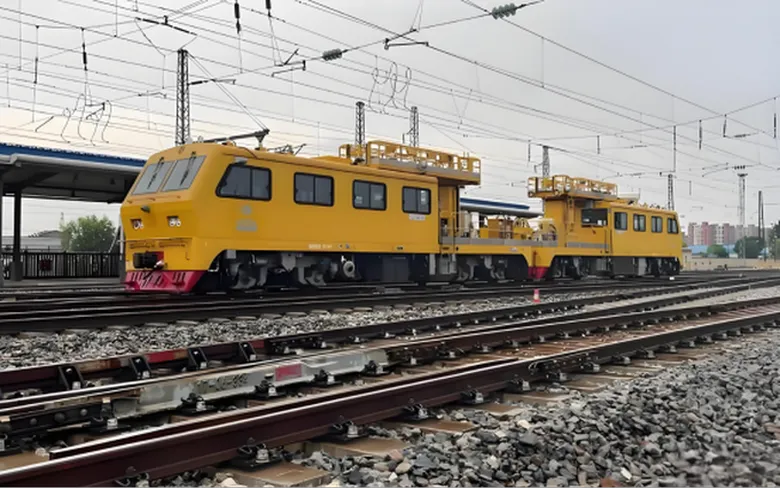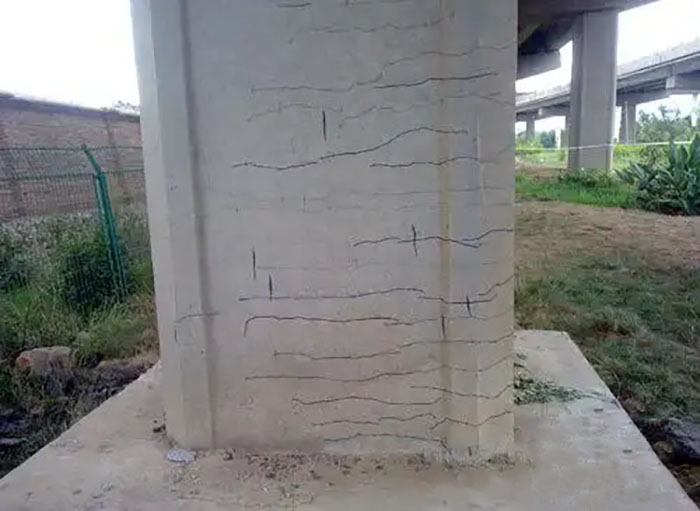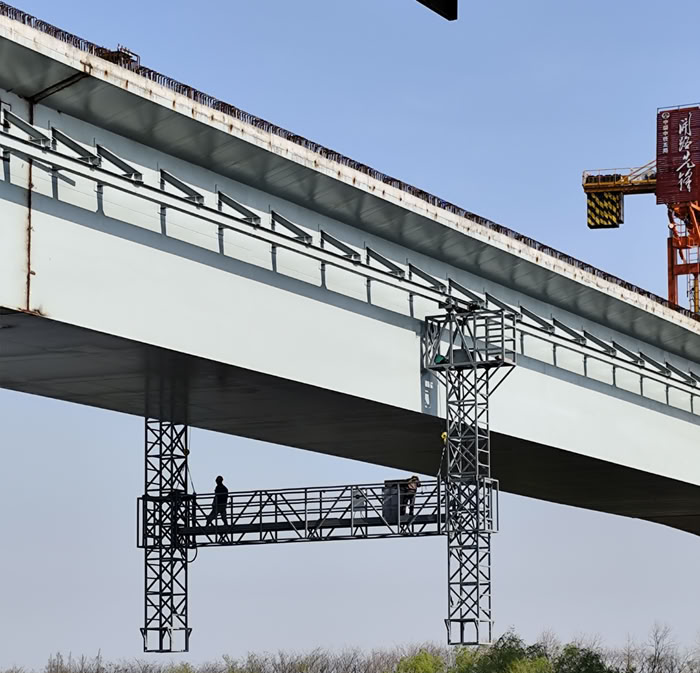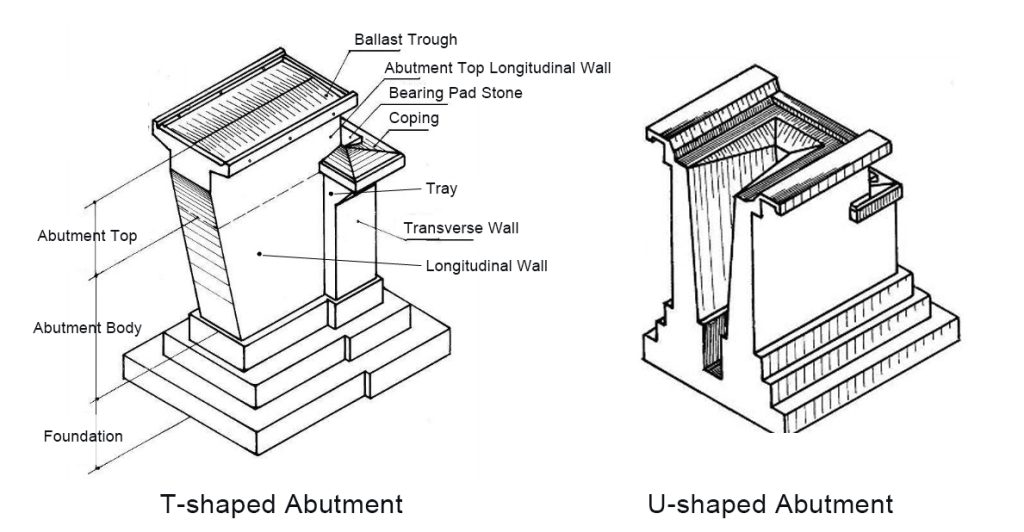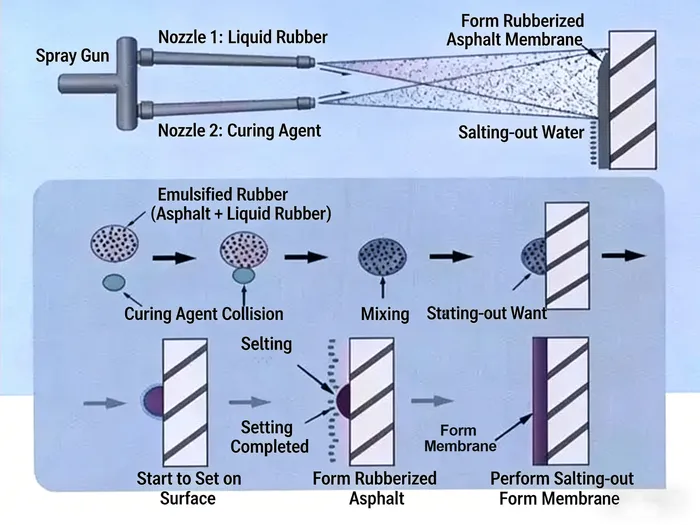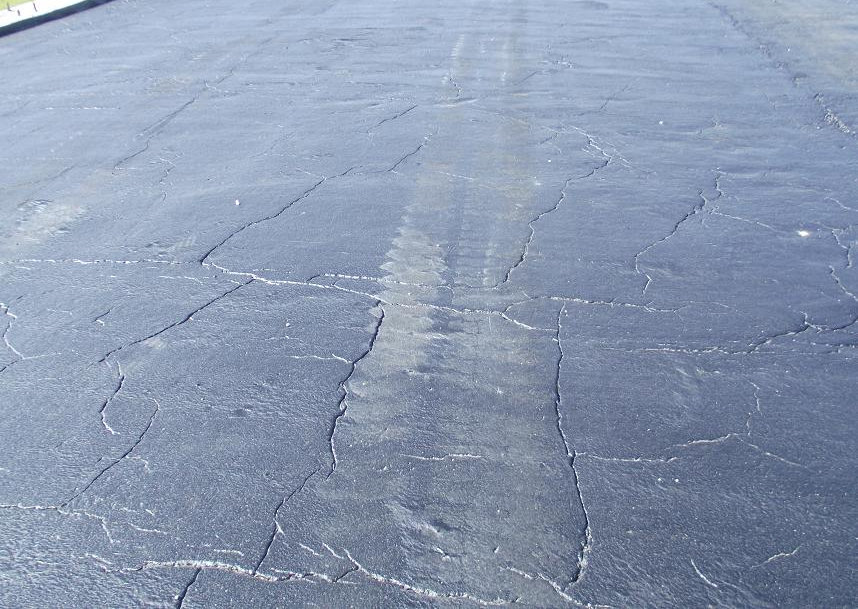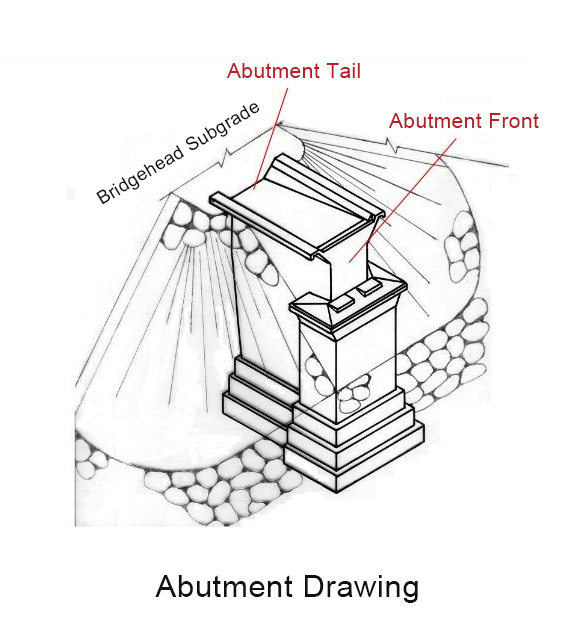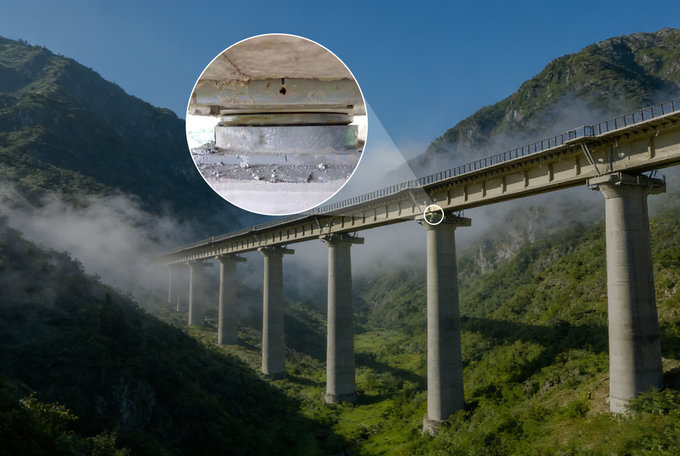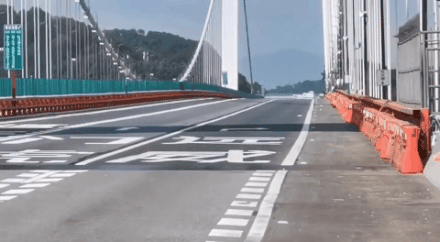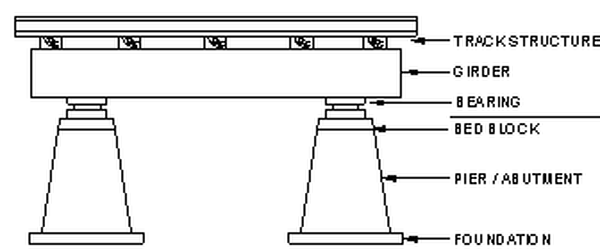Bridge inspection vehicles provide a safe working platform for bridge inspection personnel and carry specialized inspection instruments, enabling close-range inspection and maintenance of bridges. Their evolution, from early simple suspended cradles to today's intelligent truss systems, has consistently focused on improving inspection accuracy, ensuring operational safety, and minimizing traffic disruption. This article systematically analyzes the main technical classifications, functional characteristics, and typical application scenarios of mainstream bridge inspection vehicles.
I. Main Types and Technical Characteristics
The classification of bridge inspection vehicles is based on a deep adaptation of structural design and operational scenarios. Different types exhibit significant differences in load capacity, working range, and applicable scenarios.
1. Articulating Arm (Basket-Type) Inspection Vehicles
Core Feature: Uses a multi-stage articulating arm as the core transmission, with a suspended basket-type work platform at the end, achieving flexible three-dimensional movement via hydraulic drive.
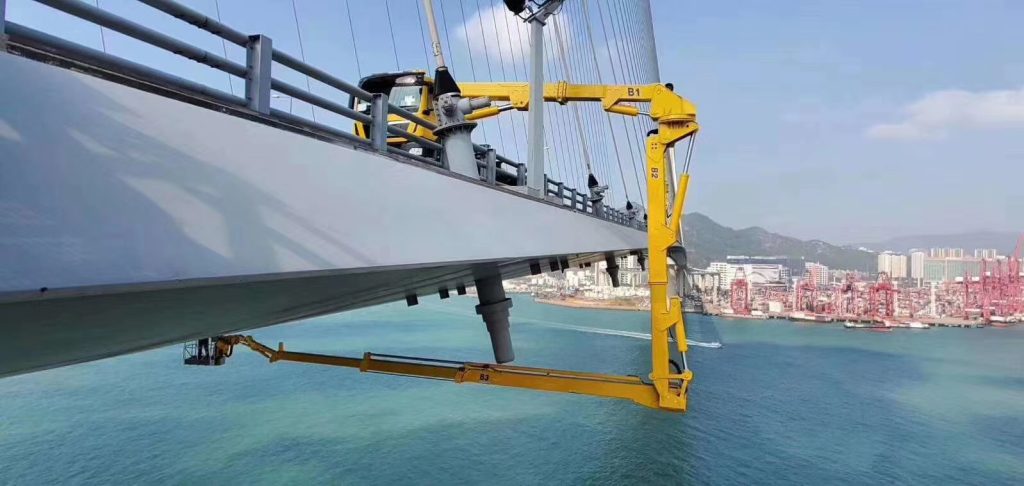
Structural Parameters: Typically employs a three-stage luffing mechanism, supporting 6 degrees of freedom movement. The platform has a load limit of 200–300 kg (approximately 440–660 lbs) and can accommodate 1–2 inspection personnel, meeting the needs for single-point detailed inspection.

Technical Advantages:
- Exceptional Flexibility: Can clear obstacles such as bridge railings and sidewalks, adapting to complex structures like small box girder bridges and rural simply supported beam bridges. It is particularly suitable for inspecting local points such as bridge pier sides and beam joints.
- Multi-functional Reusability: In addition to bridge inspection, it can also serve as an aerial work platform for auxiliary tasks such as replacing streetlights on bridges or repairing traffic signs.
- Significant Cost Advantage: The purchase price is approximately 1/4 of a truss-type inspection vehicle (around $30,000–$70,000 USD), making it suitable for local highway maintenance projects with limited budgets.
Limitations: Requires intermittent movement of the basket to complete inspections, resulting in lower continuous operation efficiency. Due to arm structure limitations, platform stability decreases in strong winds (wind speed 10 m/s or 22 mph), posing a risk of swaying.
2. Truss-Type Inspection Vehicles
Technical Breakthrough: Features a high-strength, lightweight alloy truss as the main body, integrating a walk-through work platform, allowing personnel to move freely and conduct continuous inspections within the platform.
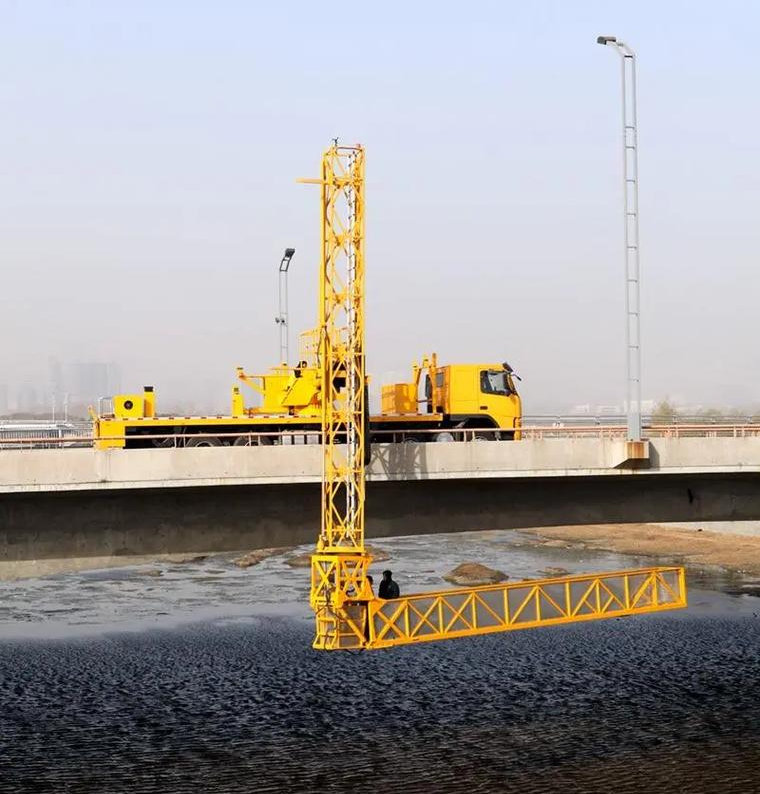
Performance Parameters:
- Load capacity of over 500 kg (approximately 1,100 lbs), accommodating 3–5 people and a full set of inspection equipment (e.g., rebound hammer, rebar scanner).
- Horizontal extension length can reach over 20 meters (approximately 65 feet), covering the full cross-section of a four-lane bridge.
- Equipped with a synchronous hydraulic walking system, allowing slow longitudinal movement along the bridge (0.5–1 km/h or 0.3–0.6 mph) during operation for uninterrupted inspection.
Safety Design: Employs multiple hydraulic interlocks (to prevent misoperation), emergency diesel power backup (activates upon main system failure), and a dynamic leveling system ( automatic tilt compensation) to ensure operational safety in up to 6-level winds or in case of single-point hydraulic failure.
Applicable Scenarios: Large-scale sea-crossing bridges (e.g., auxiliary bridges of the Hong Kong-Zhuhai-Macau Bridge), multi-lane elevated bridges, and other scenarios requiring full-section continuous inspection. However, the purchase cost is higher (generally exceeding $400,000 USD), making it suitable for professional inspection agencies or large transportation groups.
3. Truck-Mounted and Rail-Mounted Inspection Vehicles
Truck-Mounted: Designed based on a heavy-duty truck chassis, equipped with retractable hydraulic outriggers (with a ground contact area of 8 m² or 86 sq ft when extended). It can transition from driving to operational status within 30 minutes. Its advantage lies in fast transfer speeds (road driving speed 80 km/h or 50 mph), making it suitable for inspecting scattered small and medium-sized bridge groups (e.g., multiple rural highway bridges within a county).
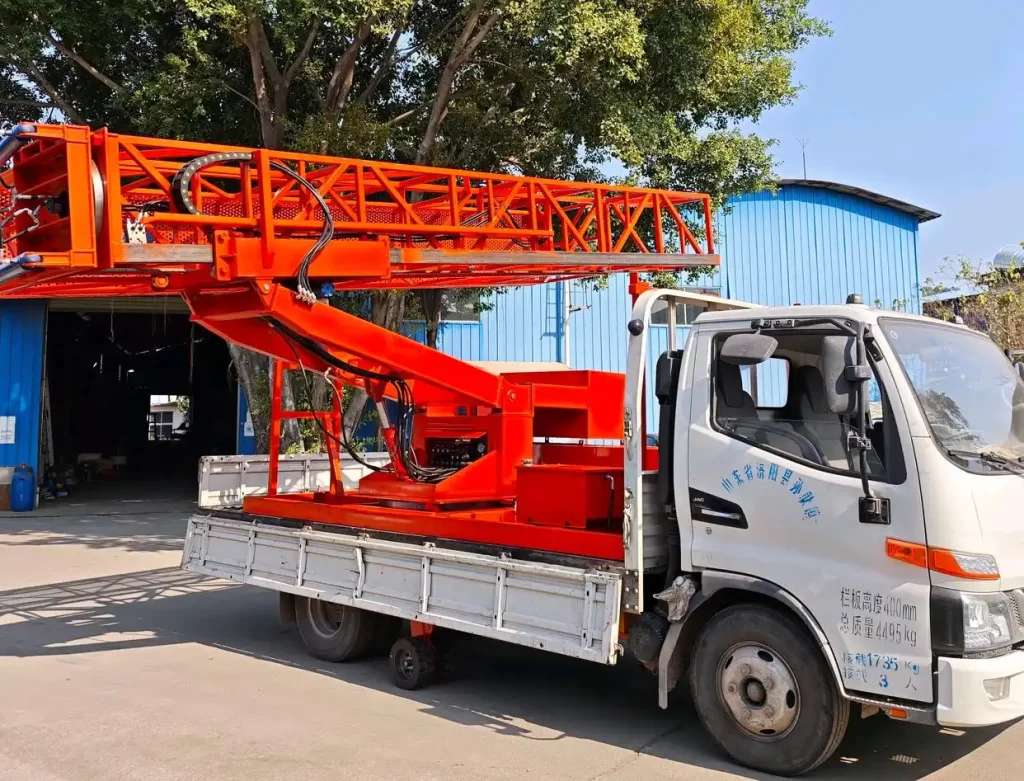
Rail-Mounted: Operates along pre-laid steel rails on the bridge (typically 24 kg/m light rail), driven by servo motors, achieving positioning accuracy of mm (approximately inches). Specifically designed for railway bridges and subway elevated structures, it can withstand high-frequency vibrations (10–50 Hz) during train passage. It is equipped with specialized equipment such as rail flaw detectors and laser profilers, efficiently completing single-span inspections during railway "maintenance windows" (typically 2–4 hours at night).
